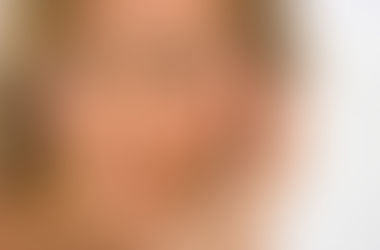Dermatologic Alternatives to the Razor
- Dr. Brittany Carter-Snell
- Mar 28, 2017
- 2 min read

Photo courtesy of: ABC News
The most common method for removal of excess hair, hypertrichosis, is by far, shaving. This method is inexpensive and, contrary to popular belief, does not affect the diameter or rate of growth of hair. But shaving daily can be cumbersome and is typically not acceptable to most women except for the underarms and legs.
Waxing or threading the area of unwanted hair tends to be much more preferred by my patients with hypertrichosis and no identifiable cause but heredity. But, these methods still must be repeated regularly and becomes quite the investment in the long run.
The following discusses some alternatives for hair removal that go beyond over-the-counter products and salon treatments.
Happy #DermTipTuesdays!
Electrolysis
(Electroepilation)
An oldie but goodie for permanent hair removal
Works by using a fine needle probe that delivers electric current into the hair follicle opening, thereby destroying the hair
Not as comfortable as methods mentioned below
Can be used on any skin type or hair color
Laser Hair Removal
(Light Amplification by the Stimulated Emission of Radiation )
Much more popular due to the comfort of the devices
Safe for all skin types, yet works best when the hairs are dark
Men and women achieve excellent results no matter the skin area: face, underarm, back, legs, or bikini area
Works by selectively targeting the pigmented part of the hair follicle for destruction; therefore, the surrounding skin is less likely to be damaged
Highly suggested as an alternative to shaving for those who suffer from ingrown hairs because laser therapy not only removes the root of the problem (the hair), but also treats resultant inflammatory lesions and "dark spots" left behind
Roughly 75% permanent hair reduction after 6 series of treatments
Vaniqa® Cream
(eflornithine hydrochloride)
A twice daily topical preparation that is perfect for small areas like the mustache or chin region
Works by blocking ornithine decarboxylase, a hair follicle enzyme that functions to grow hair, thereby slowing the rate of hair growth
Available by prescription only
A great addition to those who are also receiving laser hair removal treatments, but solid as a stand alone therapy
Hair can regrow after 2 months of discontinuation
If you suffer from unwanted hair, be sure to visit a board-certified dermatologist for evaluation and consultation. Our first goal is to ensure inner health prior to destructive methods.








































Comments